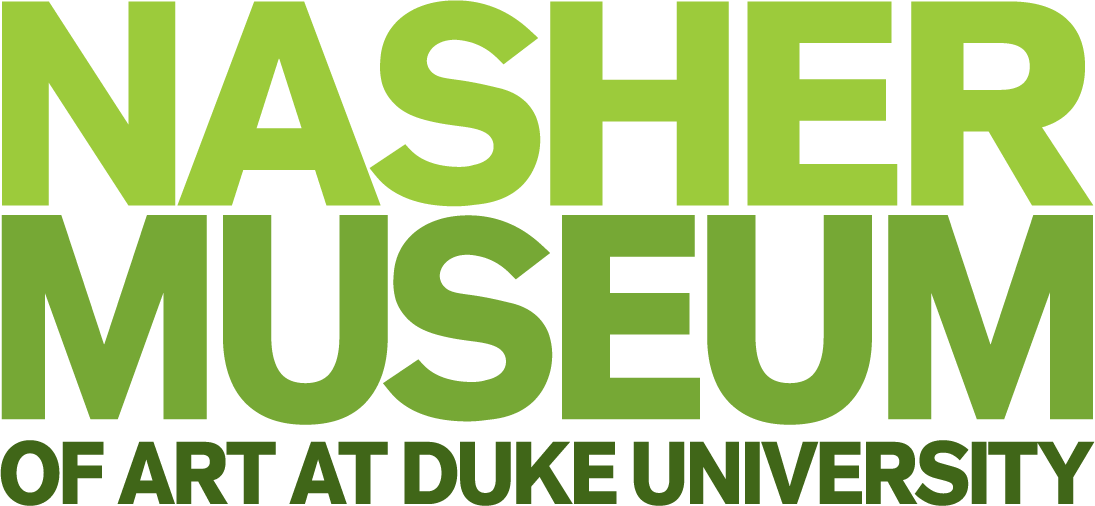Displacement: The Three Gorges Dam and Contemporary Chinese Art

The Three Gorges Dam on the Yangzi River in China is the world’s largest generator of hydro-electric power. When it was built, it displaced more than 1 million people and submerged more than 1,200 towns. The Nasher Museum presented Displacement: The Three Gorges Dam and Contemporary Chinese Art, in which four leading contemporary Chinese artists—Chen Qiulin, Yun-Fei Ji, Liu Xiaodong and Zhuang Hui—responded to the dam project with performance and new media art, traditional ink painting, realist oil painting and conceptual photography.
Support

Displacement: The Three Gorges Dam and Contemporary Chinese Art was organized by the Smart Museum of Art, University of Chicago. The exhibition was curated by Wu Hung, Smart Museum Consulting Curator, Harrie A. Vanderstappen Distinguished Service Professor of Art History, and Director of the Center for the Art of East Asia, University of Chicago, in consultation with Jessica Moss, Smart Museum Assistant Curator of Contemporary Art, and Stephanie Smith, Smart Museum Director of Collections and Exhibitions and Curator of Contemporary Art. The exhibition and related programs were supported by Dan Bo, the Elizabeth F. Cheney Foundation, the University of Chicago Women’s Board, and the Center for East Asian Studies. The accompanying publication was made possible by a generous gift from Fred Eychaner and Tommy Yang Guo.
At the Nasher Museum, the exhibition was supported by the Mary Duke Biddle Foundation, Asian/Pacific Studies Institute Duke University, Duke’s Nicholas School of the Environment, the Research Triangle Foundation of North Carolina, Diane Evia-Lanevi and Ingemar Lanevi in honor of their daughter Sammy Lanevi, the North Carolina Chinese Business Association and The Chronicle.
